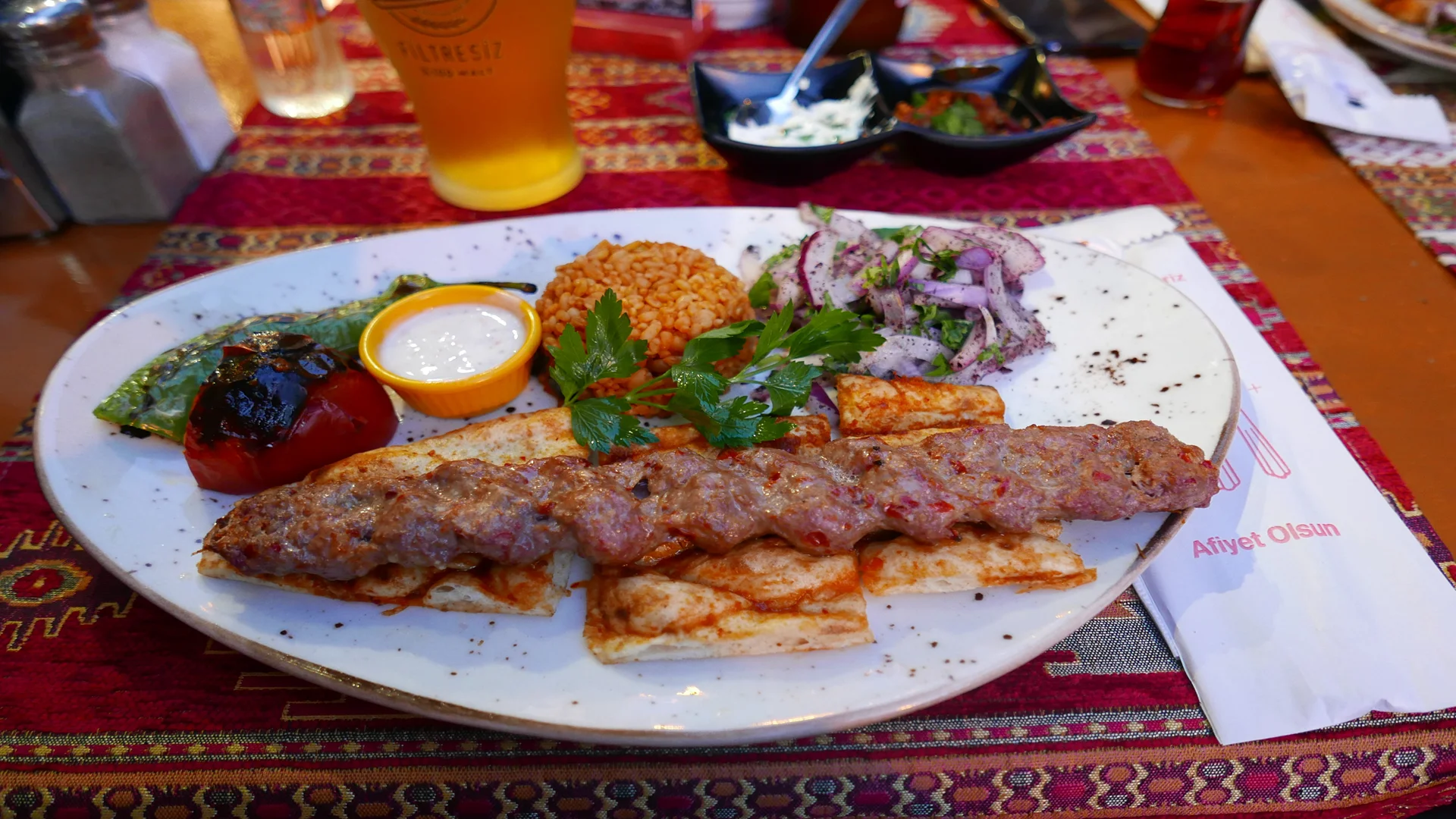While there is plenty to see and experience in Istanbul, there is a lot more to explore outside the city. Day trips from Istanbul will allow you to experience some of Turkey’s hidden treasures to enrich your holiday. Here are some of our recommendations for what to see near Istanbul.
Princes’ Islands
The serene Princes’ Islands offer a peaceful escape from the hustle and bustle of Istanbul. Best of all, it is only a 90-minute ferry ride from the heart of the city to the islands. Here, you will find traditional Ottoman-style buildings, scenic vistas, cosy beaches and waterfront cafes. The vibe here is very relaxed, which is partly due to the fact that there are no cars allowed on the islands. Take a stroll around the museums, mansions and churches here, and you will feel as though you’ve travelled back in time.
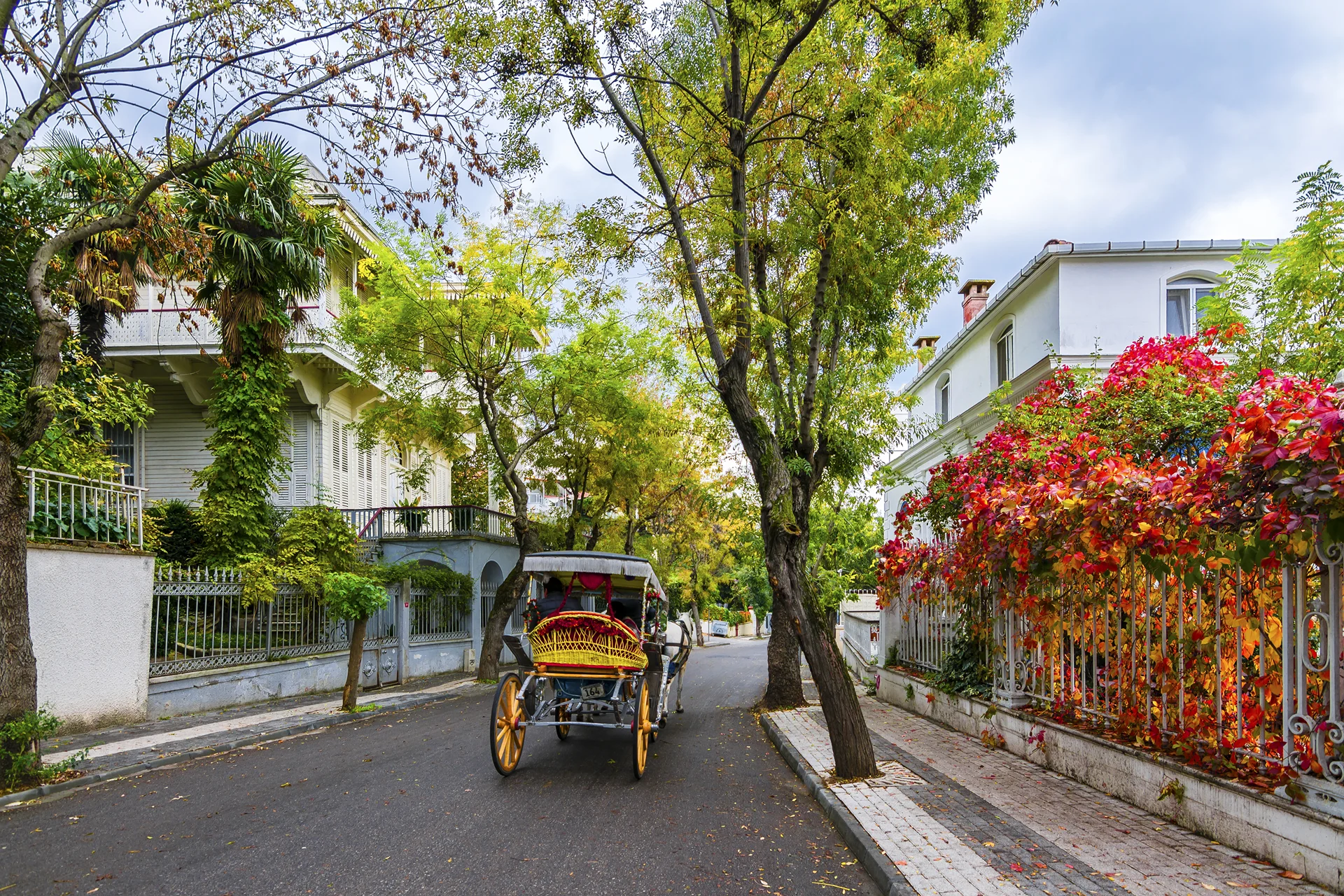
Büyükada Island
Belgrad Forest
Just 40 minutes north of central Istanbul sits approximately 5,000 hectares of quiet forest to explore. The forest includes nine nature parks that offer picnic areas and other facilities. There are also plenty of hiking trails in the woods for those wishing to immerse themselves in the natural beauty. Along the way, you might find remnants of abandoned churches and an extensive water supply system built by the Ottomans in the early 17th century. The Atatürk Arboretum, featuring lakes, trails and different tree and plant varieties, is also well worth exploring.
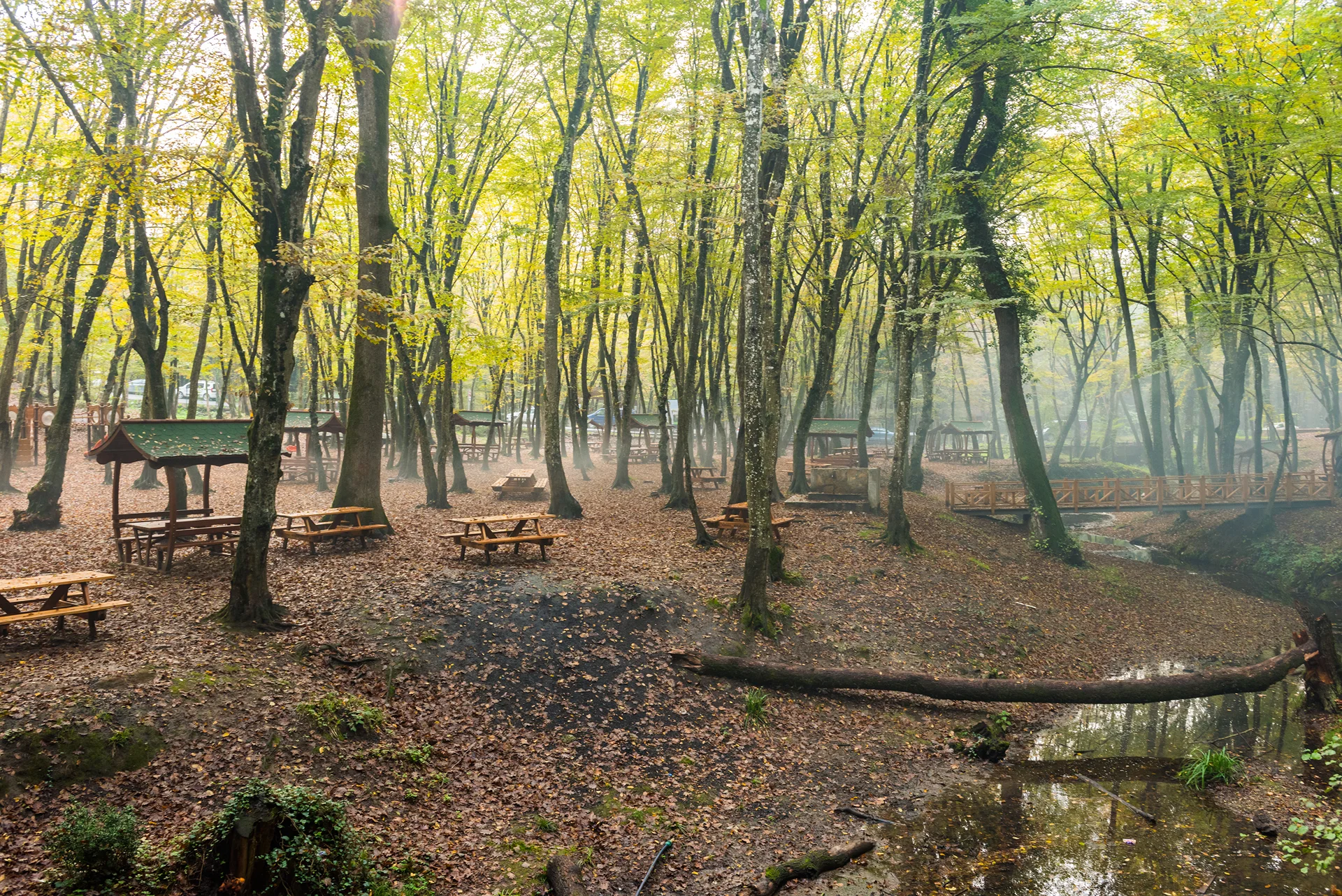
Belgrade Forest
Kilyos
During the summer months, many locals head north to enjoy the beaches of Kilyos. This coastal village lies just 35 km north of the centre of Istanbul, and its long sandy beach is extremely popular for swimming and sunbathing. The waterfront is lined with seafood restaurants and cafes, where visitors can dine and soak in the view. For those looking to party, the local beach clubs often host live music events with DJs that attract revellers from all over.
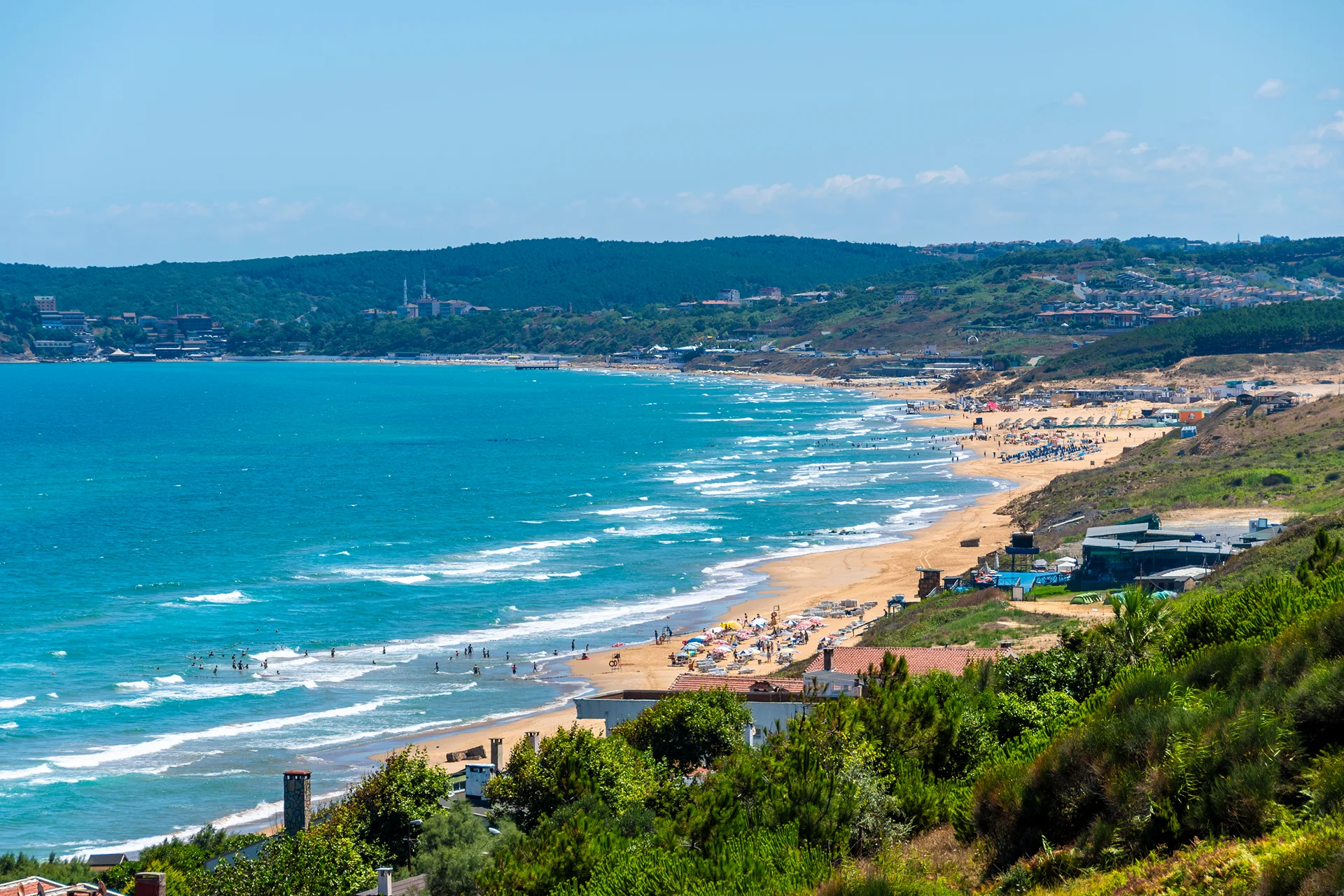
Kilyos Beach
Bursa
Bursa is the fourth-largest city in Turkey and the first capital founded by the Ottomans in the 14th century. Within the centre of this historic city, you will find grand mosques, markets and mausoleums from the earliest days of the sultans. Close to the city is the great mountain of Uludağ. During the summer months, you can go hiking on this mountain for scenic views. During winter, it is popular with skiers. You can also find the world’s longest cable car, which runs throughout the year.
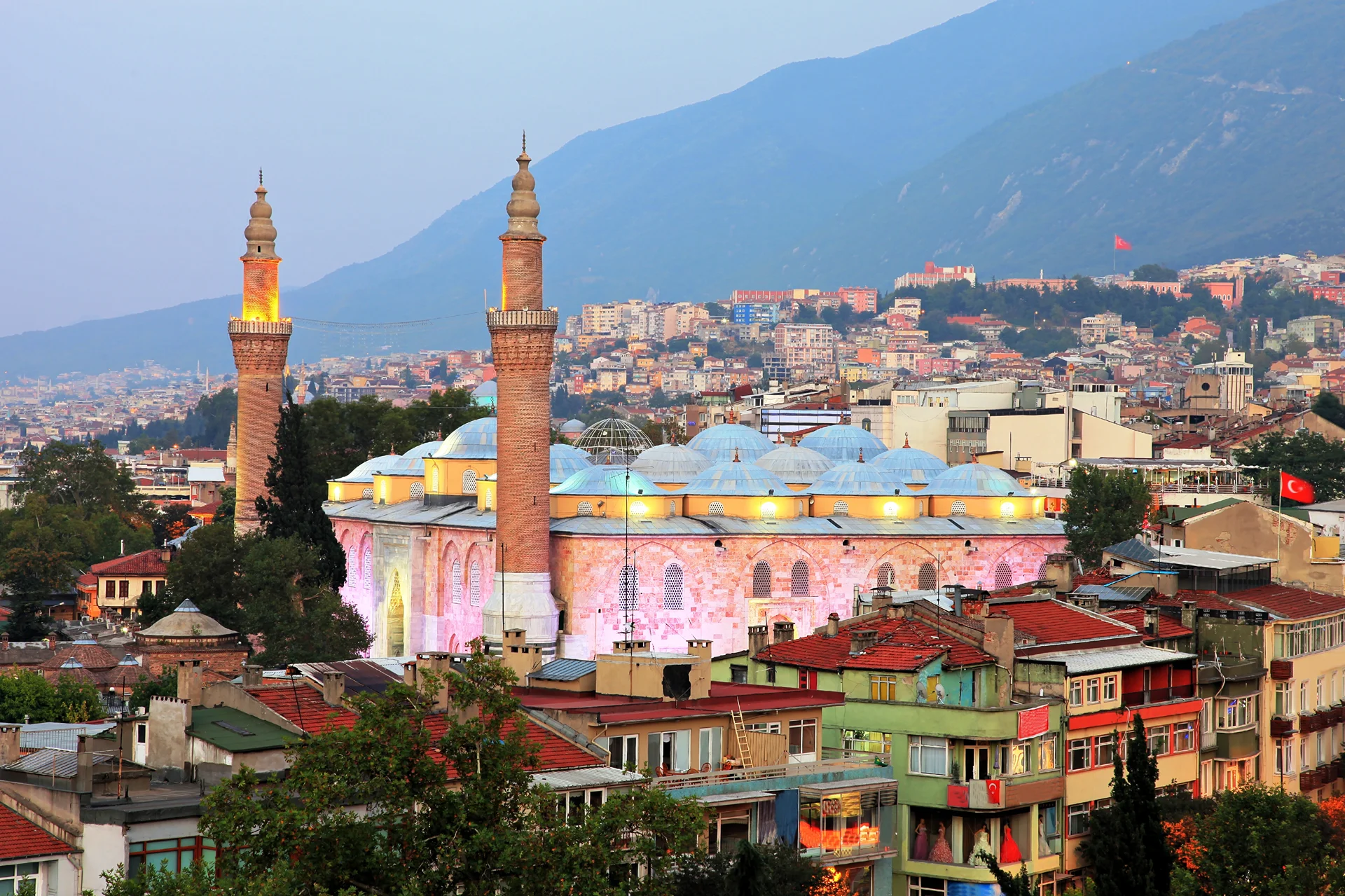
Grand Mosque of Bursa
Şile and Ağva
Following the Black Sea coast eastwards from Istanbul will take you to the seaside towns of Şile and Ağva. Şile is an ancient fishing village with a beautiful white-sand beach that attracts beachgoers during the summer months. Other attractions in Şile include its grand lighthouse that dates back to the 19th century and the remains of a small offshore castle built on a rocky outcrop. The nearby town of Ağva is also popular for its scenic trails, waterfalls and beachfront, making it a great place to relax and unwind.
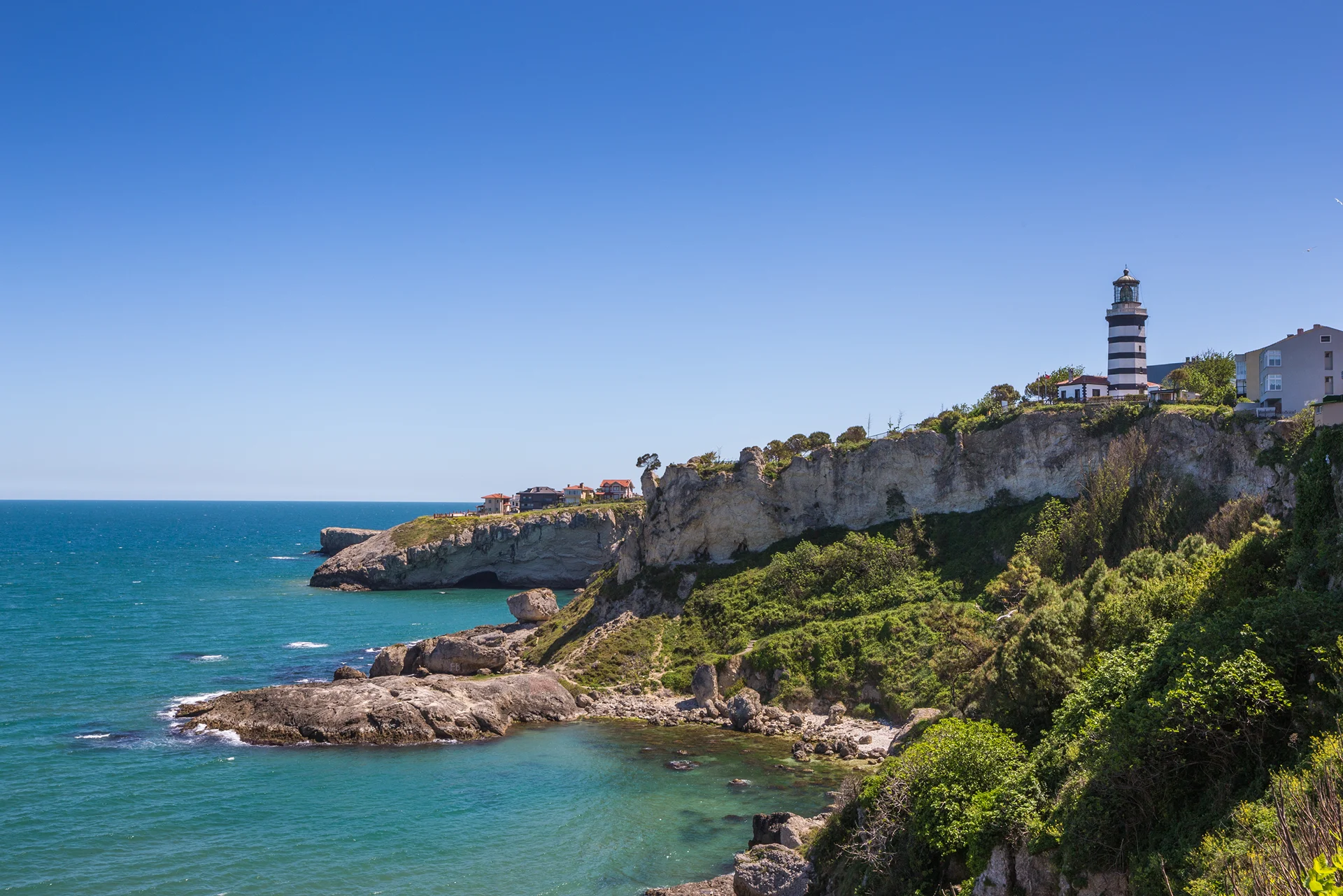
Şile
Edirne
About three hours west of Istanbul lies Edirne, the second capital of the Ottoman Empire. Many of the buildings in Edirne were designed by Mimar Sinan, the celebrated Turkish architect who built some of Istanbul’s most famous buildings. Some of the city’s most impressive buildings include the UNESCO World Heritage-listed Selimiye Mosque, a hospital and medical school built in 1488, the Grand Synagogue, and the Edirne Turkish and Islamic Art Museum. If you are visiting in June or July, you might also be able to catch the annual Kırkpınar oil wrestling festival.
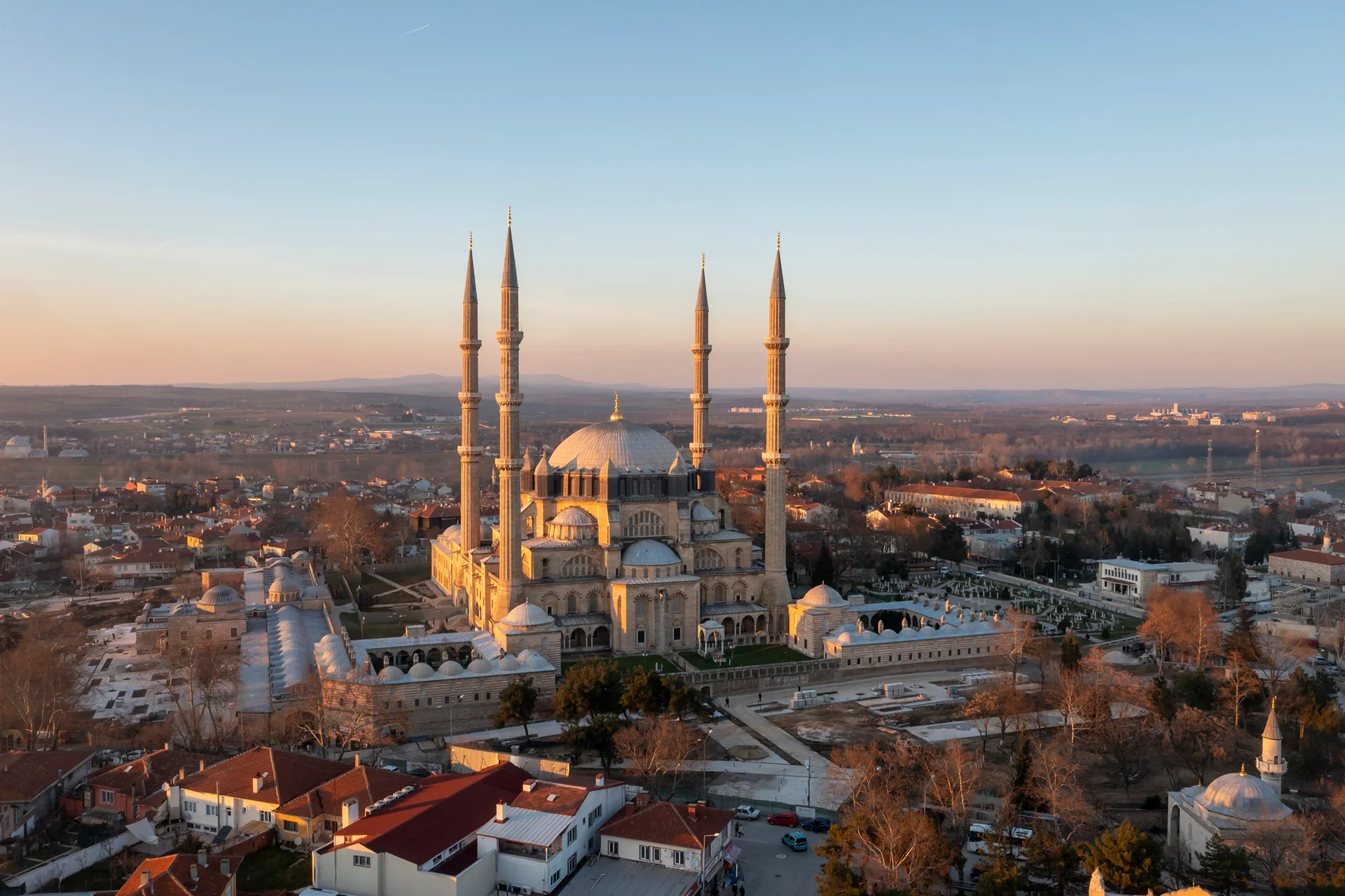
Yavuz Selim Mosque
Anadolu Kavağı
If you take a full-day ferry tour of the Bosphorus, you’ll most likely spend some time in Anadolu Kavağı before the return trip. Although not far from the centre of Istanbul, this quaint fishing village offers a more relaxed side of the Turkish coast. Here, you can enjoy a delicious seafood meal at one of the waterfront restaurants before taking a look at the colourful old houses of this village. You will even have time to explore the ruins of the Yoros Kalesi fortress, which has overlooked the Black Sea for around 1,000 years.
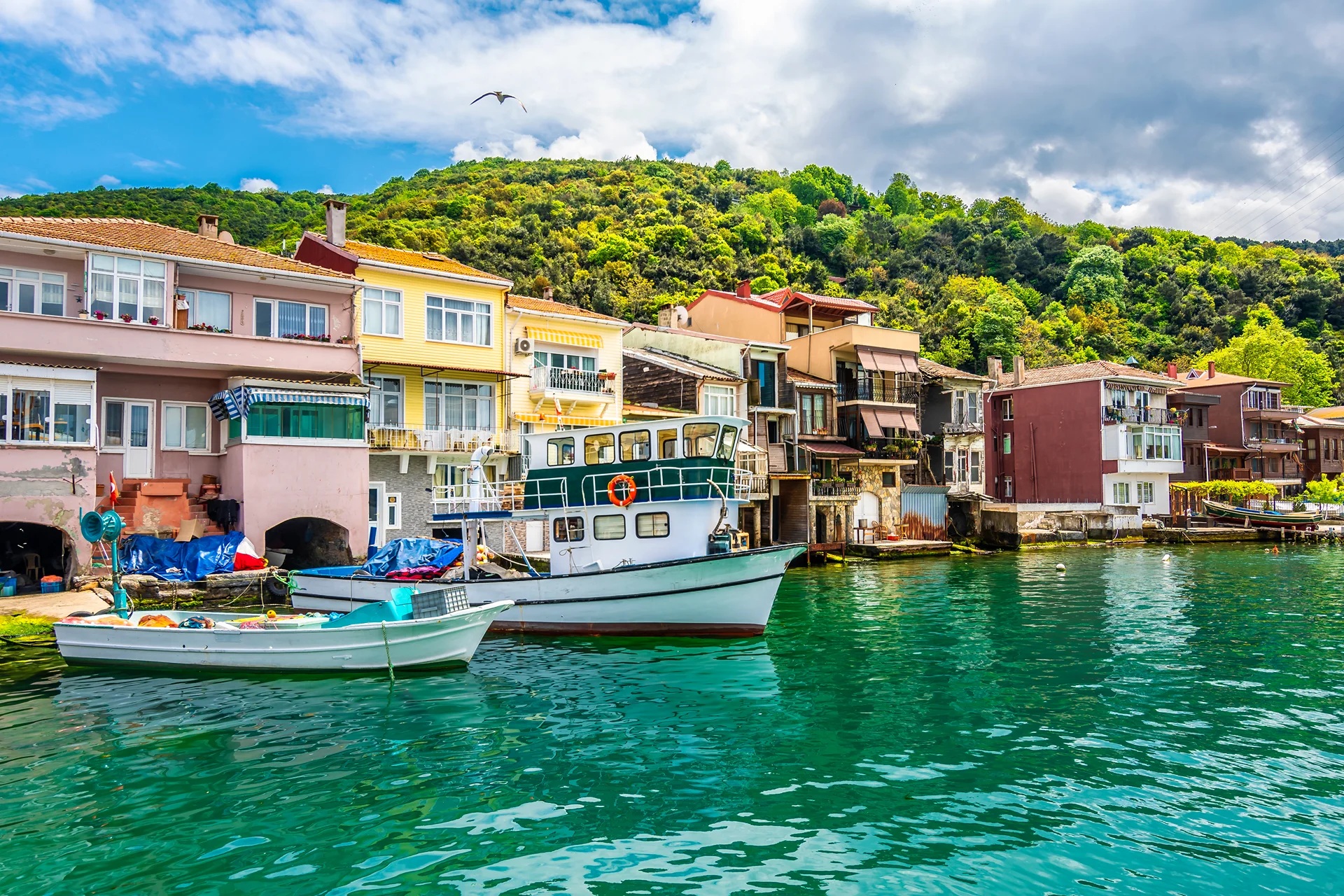
Anadolu Kavagi
Çanakkale
Head west along the coast of the Sea of Marmara and the Dardanelles, and you will come to the seaside town of Çanakkale. The town itself has a vibrant atmosphere, thanks to its well-developed waterfront and nightlife scene. Çanakkale is also close to several significant sites. Just a short distance southwest is the remains of the ancient city of Troy, now a UNESCO World Heritage Site. There’s also the Gallipoli Historical National Park, which memorialises the soldiers who died here in the First World War. Finally, there’s the massive 15th-century fortress of Kilitbahir that can be reached by ferry from the town.
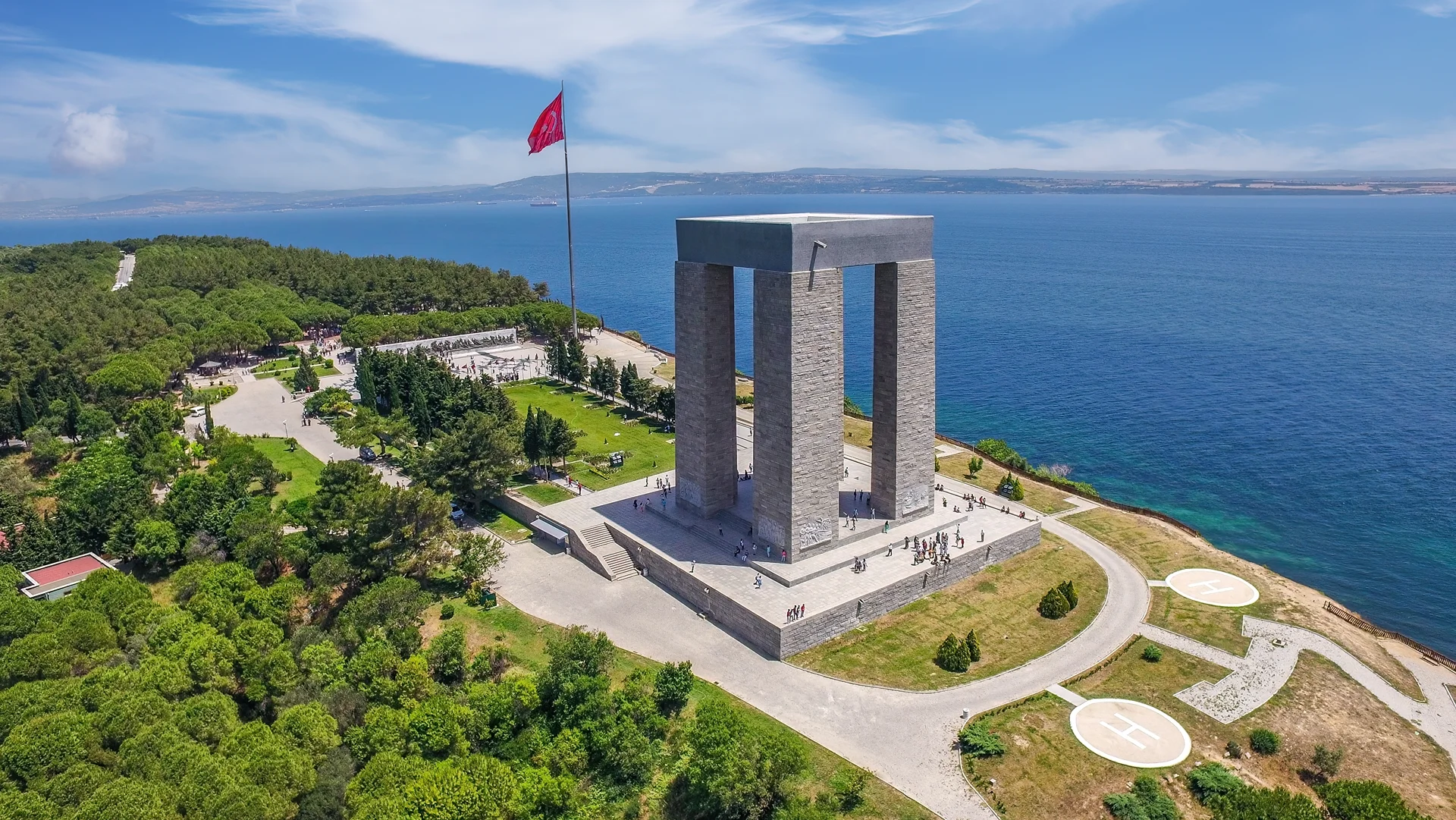
Canakkale Martyrs Memorial
Selçuk and Ephesus
A few hours south of Istanbul lies the town of Selçuk, which is close to several notable historic sites. One of the most significant is the ancient city of Ephesus. This city was founded thousands of years ago and was once the region’s centre of trade, government and culture. Many of the city’s ancient marble buildings are incredibly well preserved, including the House of the Virgin Mary and the Basilica of St. John the Apostle. Another important historical site nearby is the remains of the Temple of Artemis, which was one of the Seven Wonders of the World in its day.
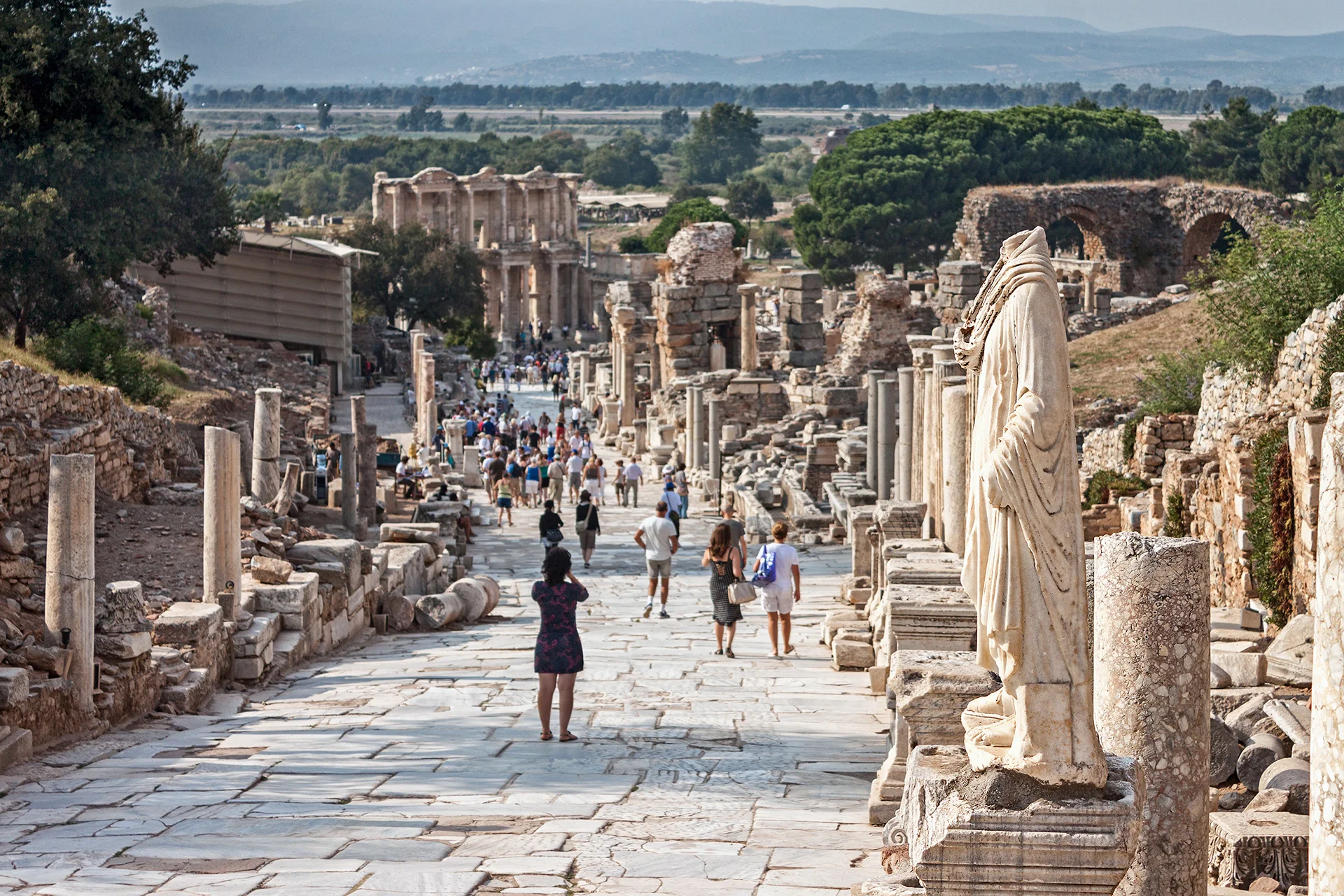
Ephesus
Termal
Take a ferry ride south across the Sea of Marmara and head to the forested hillsides to find the town of Termal. Here, you will be surrounded by some breathtaking scenery in its national parks, including lakes, waterfalls and scenic trails. However, Termal is most famous for its hot springs, which form the basis for its Turkish baths and spas, including the massive Yalova Thermal Baths nearby. Termal is an excellent place to relax and unwind when city life gets too hectic.
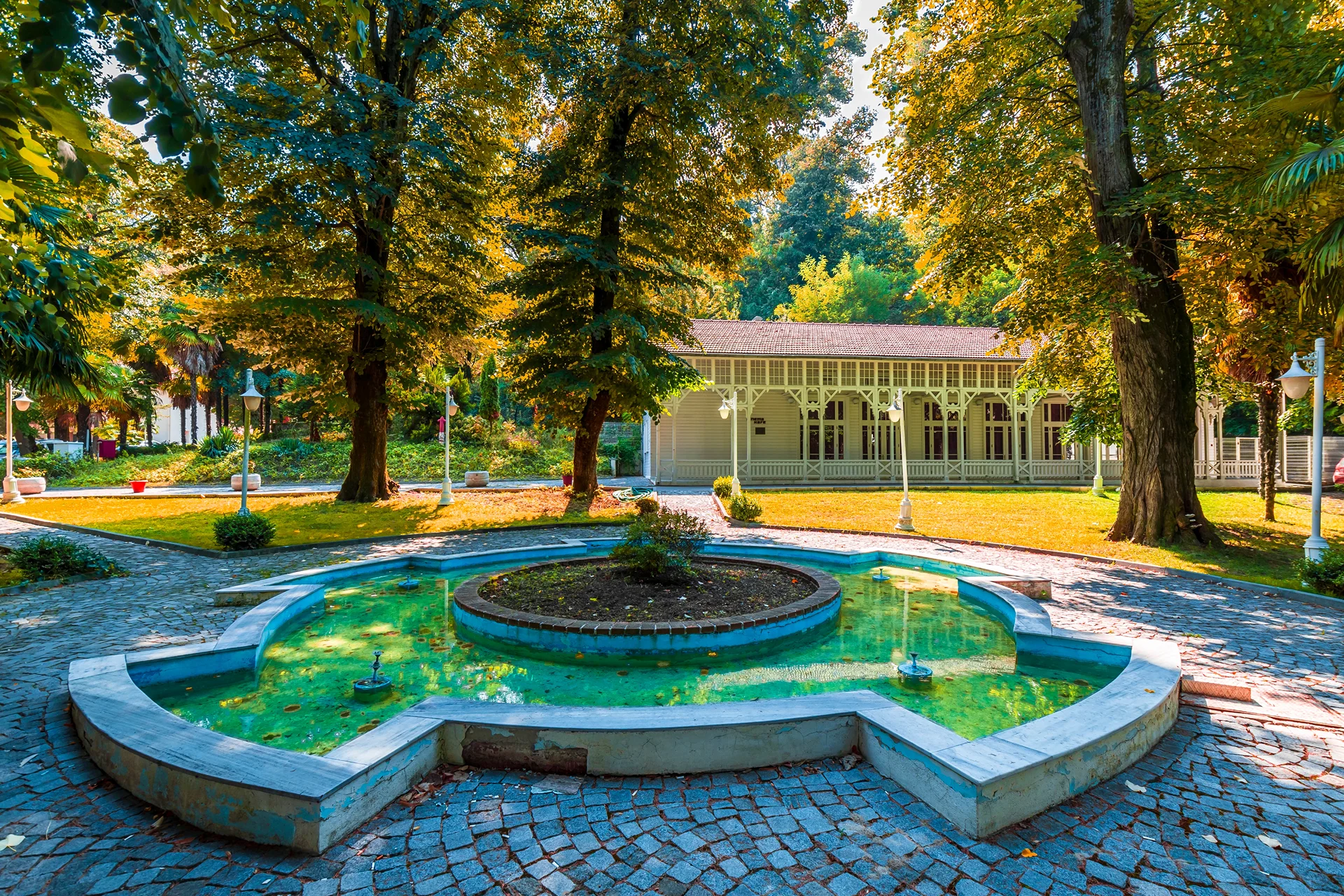
Yalova Thermal Baths
İznik
A few hours southeast of Istanbul lies the town of İznik, formally known as Nicaea. As well as once being the third-holiest city in Christendom, the history of this town dates back over 2,000 years and is significant to various cultures, including the ancient Romans and Greeks. Today, much of this history remains, from the churches and mosques to the ancient fortified city walls that still exist to this day. The town is positioned on the shores of the magnificent Lake İznik, where you can relax and enjoy the view in one of the cafes and restaurants dotted along the lake.
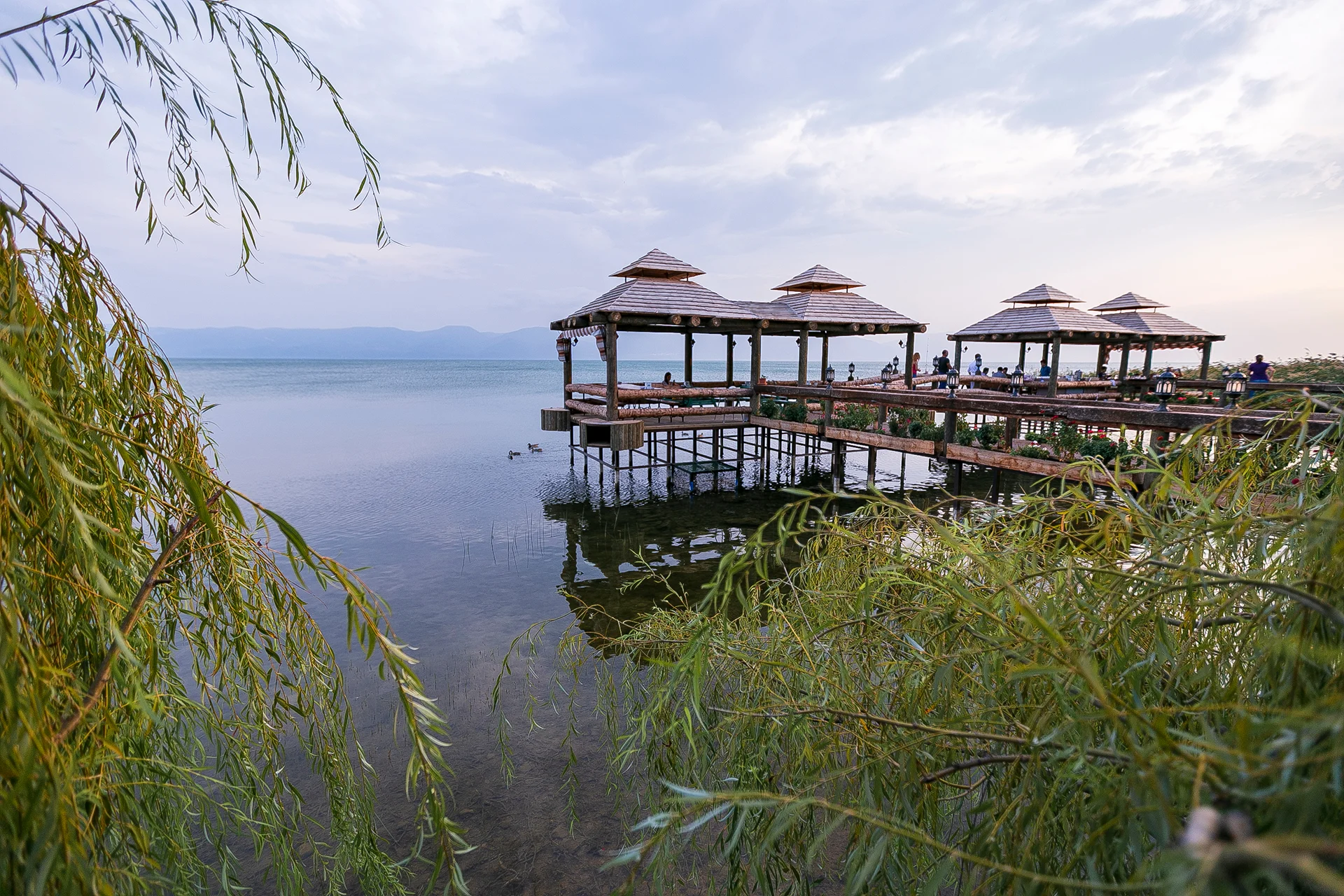
Lake İznik
Pamukkale
Head south from Istanbul to the Denizli Province, and you will find the fascinating natural site known as Pamukkale. Pamukkale, or cotton castle in English, features a series of white thermal pool terraces that cascade over each other down the River Menderes valley. These terraces are caused by a naturally occurring carbonite mineral, which gives them their brilliant whiteness. The area is a UNESCO World Heritage Site, along with the nearby Hierapolis, a well-preserved city from the time of antiquity.
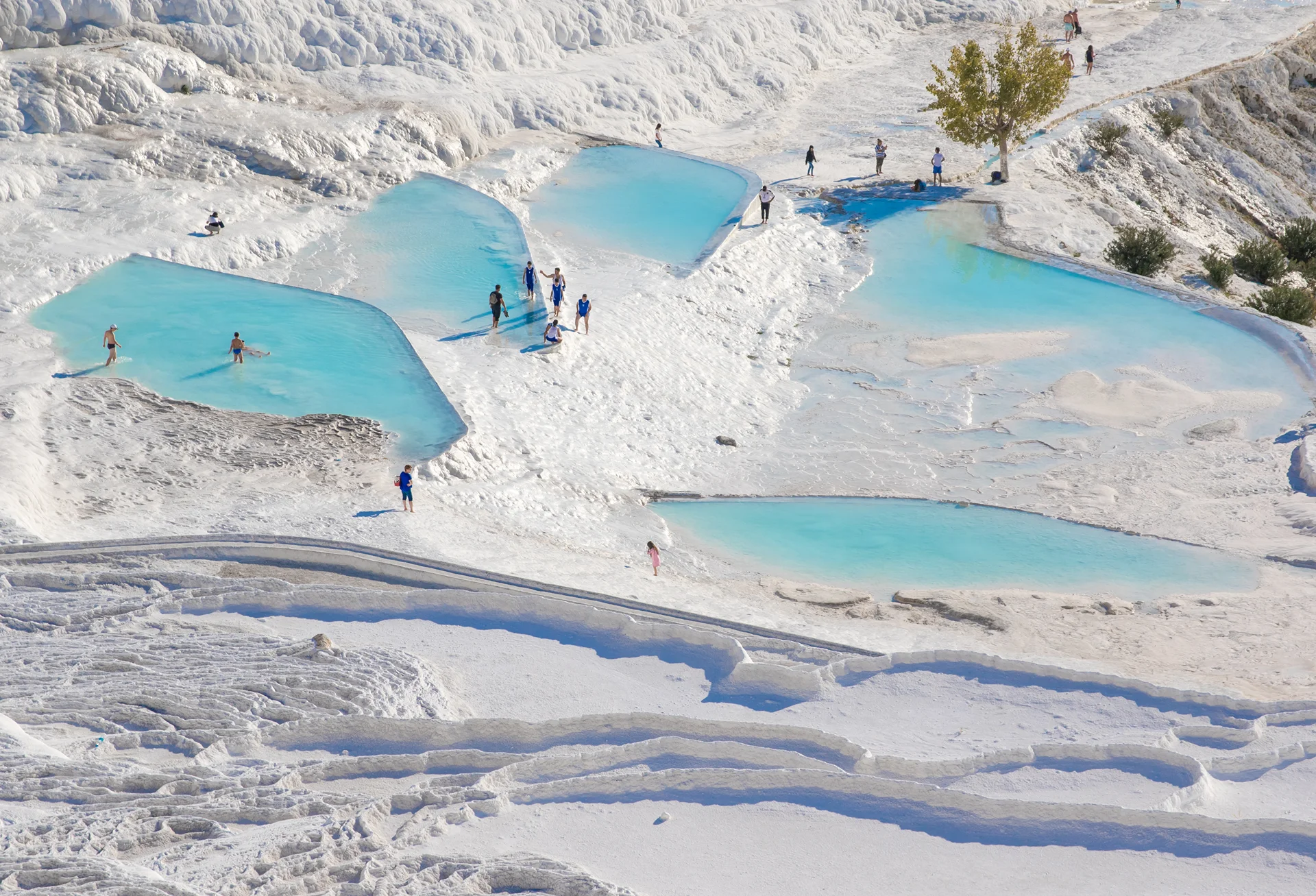
Pamukkale



